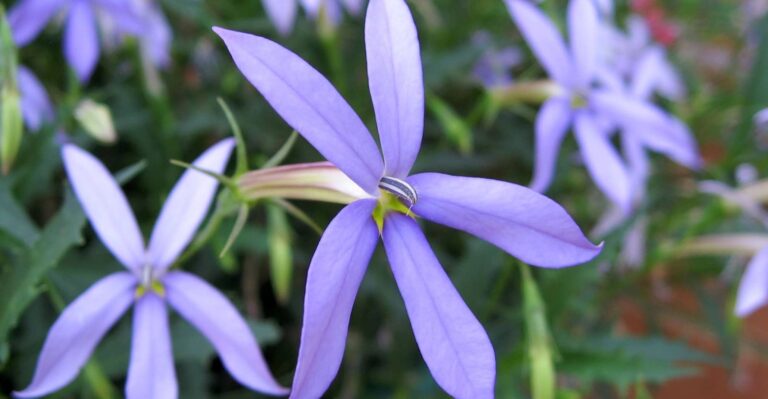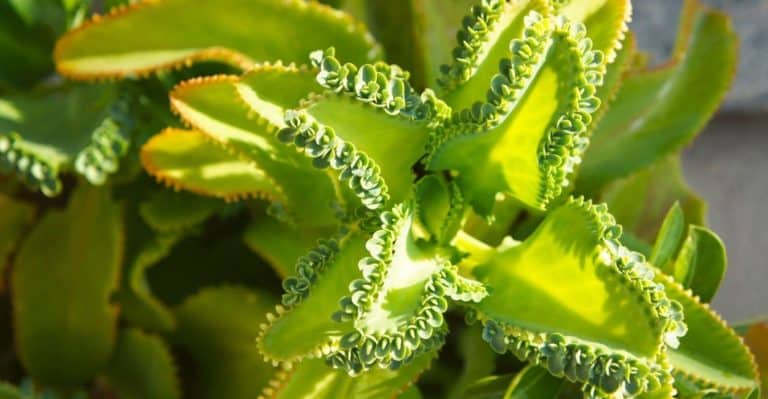Amazon has put together some great Home Gift Deals – save money and get your shopping done at the comfort of your home! Click here to see deals on Amazon
If you like decorating your home and garden with beautiful fragrant flowers, then you should consider planting Dendrobium Nobile. It has a very refreshing fragrance and attractive look that comes from this tropical plant.
You will be surprised how fast Dendrobium Nobile grows into a vibrant and blooming healthy plant with very little care. It makes a beautiful addition to your indoor and outdoor garden.
When planted indoors, it makes an excellent decorative flower. When planted outdoor; it attracts bees and butterflies that help improve the health of the garden.
What Is A Dendrobium Nobile?
Dendrobium Nobile is a species of orchids that produces a lovely, fragrant flower that lasts for a long time with the least care.
Many people like to plant it indoors due to its very bright and vivid color flowers and stem. It’s from an Orchidaceae family and is mostly found in China, Southeast Asia, and Hawaii.
It grows in different sizes and is easier to do floral arrangements. It also comes with a smaller type variety with several unusual sizes and formations. There are so many different kinds that oftentimes it’s challenging to comprehend that they are all Dendrobium Nobile.
What Is The Difference Between A Dendrobium Nobile And Kingianum?
Dendrobium Nobile is an orchid species that are easier to grow, but it takes some care and effort to make it bloom. The flowers of Nobile come in a wide variety of colors from purple to pink with contrasting beautiful colors at the tips.
Kingianum is a bright-colored flower that is usually shorter than Dendrobium Nobile. It’s native to Australia and is a very hardy plant that grows up to 25 cm tall. It has thin stems but is quite strong and can withstand stronger wind gusts. It blooms flowers in late winter and early spring.
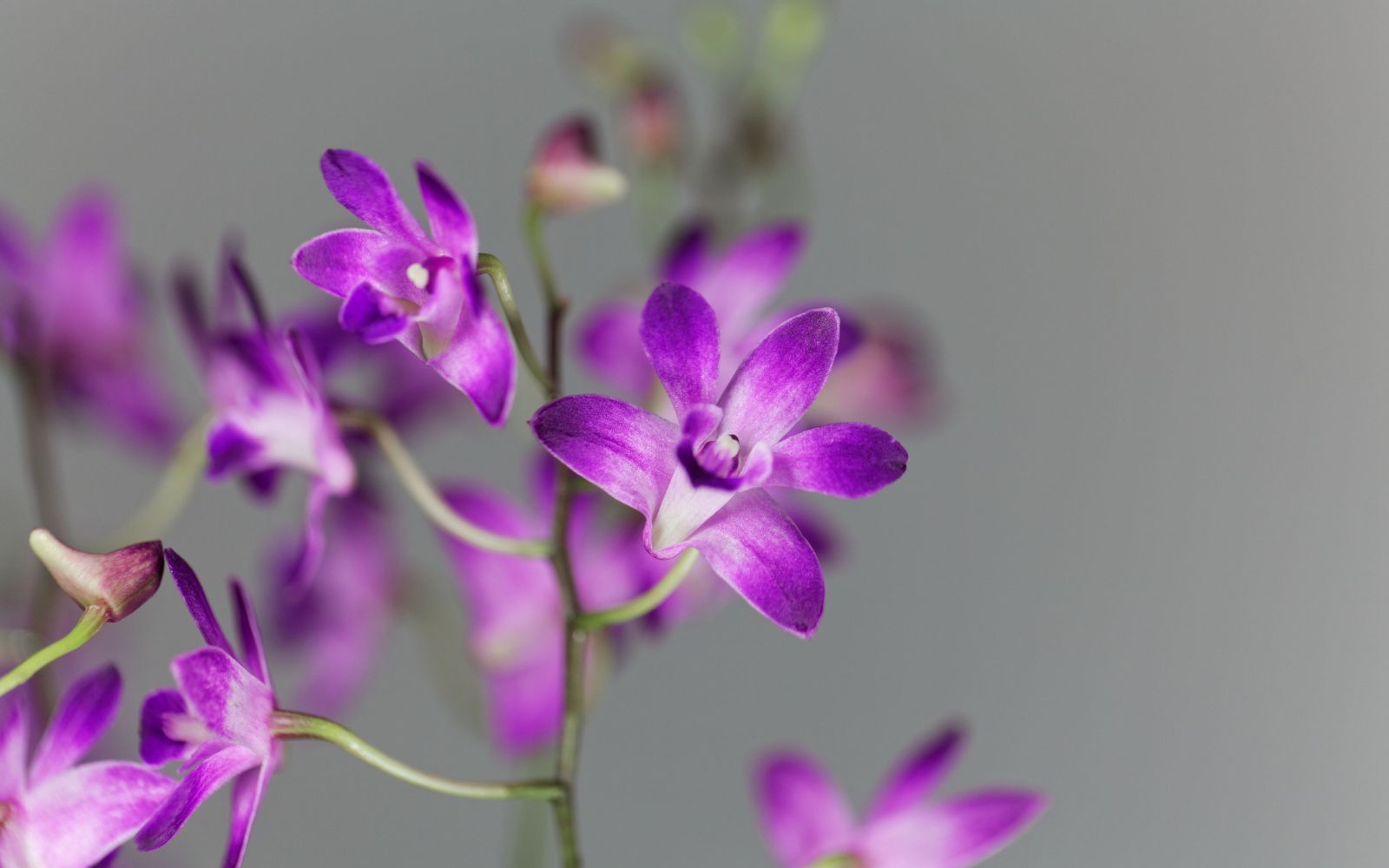
What Should Dendrobium Nobile Be Potted In?
Dendrobium Nobile should be potted in a container that provides excellent airflow and water draining to the plant. These plants grow and attach to other plants for support.
You can buy planting containers that are either made up of clay that retains moisture or use a plastic container. Get the pot with many holes in it as it allows smoother airflow and better drainage of water.
Based on the number of stems you are planting; you can use medium to large size orchid pots. Provide enough space to the plant, so its root can grow and expand and don’t get choked.
If you are planting it indoors, then the aesthetic of the container becomes essential. You can use two pots where you put the growing pot inside the other decorative one.
If you have to pick between clay or plastic container, then it’s better to use a clay container as it allows better airflows to the roots of the plant. The clay exterior also quickly dries off which prevents the growth of the fungus to the roots.
What Soil Should You Use For Dendrobium Nobile Orchid?
Dendrobium Nobile orchids are easy to grow but difficult to bloom. It becomes vital that you provide a good foundation with proper soil. So, it can get all the nutrients for the appropriate growth.
It needs soil that does not hold water for a long duration. Nobile prefers well-aerated and drained soils. This is due to the unique root types of Dendrobium Nobile. The roots of the Nobile orchid don’t like to be dripped in water for a long time as excess water makes the roots rot quickly.
You can use soil that contains good quality loose soil with ingredients such as peat moss, fir bark, or perlite. You can buy orchid soils from local garden stores that are free of weeds and insects.
If you are a more DIY type person, then you can build your own organic soil that is rich in nutrients. But, be careful when using organic compost as Dendrobium doesn’t adapt well to decomposing matters.
When is the Dendrobium Nobile Growing Season?
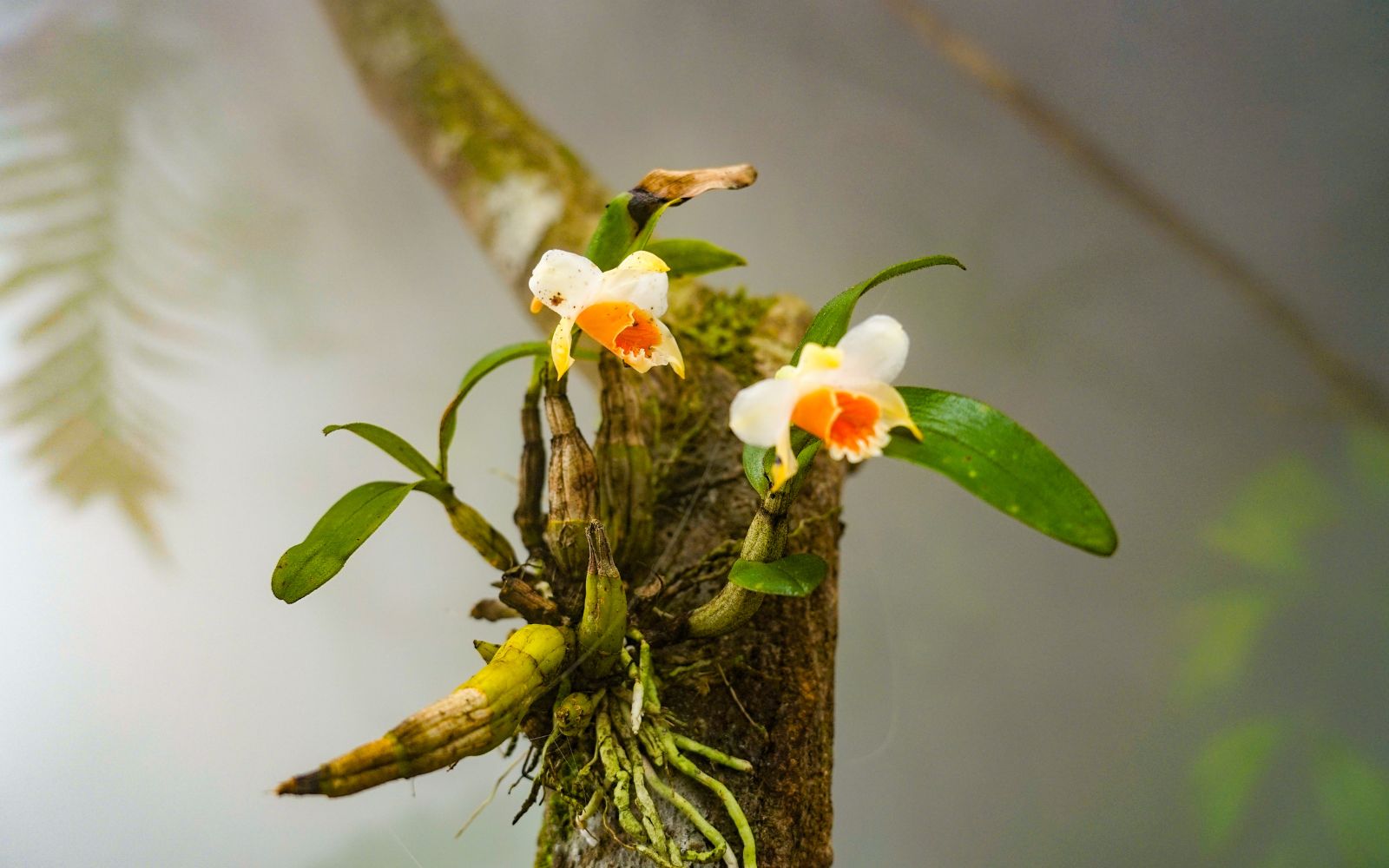
Dendrobium Nobile starts blooming from January to March, and the budding begins in the fall from November to December. Dendrobium blooms for around 6 to 7 weeks, but with proper care, you can extend the blooming time to up to 12 to 13 weeks.
The flowers of Dendrobium Nobile are very delicate and blooms in a bunch. This makes it quite unique as it makes it appear a long flower bunch.
The buds of orchids are tiny in size and grow from the stem between the leaves. A healthy grownup Dendrobium Nobile can bud 30 to 50 flowers that are perfect for decoration.
How To Care For A Dendrobium Nobile After Blooming
The blooming of Dendrobium Nobile lasts for several weeks, but once it finished blooming, then you can cut the stems of Nobile close to canes. This spurts the growth of the plant.
Some older Nobile plants get shriveled and yellow-looking that indicates that it’s not in good health. You should trim these canes, so you have more rooms for the healthy Nobile to grow.
Be selective when pruning Nobile plants as they help with the new growth of plants. Dendrobium Nobile stems that had bloomed and flowered in one year usually increase their budding in later years.
Keeping and maintaining matured and the full-grown plant provides you with more flowers.
How Long Flowers of Dendrobium Nobile Last
Dendrobium Nobile flowers can usually last 6 to 8 weeks, but with proper care, you can extend it to 12 to 13 weeks.
Proper temperature, water, and growth condition can help you get up to 50 to 100 flowers per cane.
How To Get Dendrobium Nobile To Flower
Dendrobium Nobile can be challenging to bloom. Most of these bloom in their ideal climate conditions with lots of sunshine and moist temperature. The main attraction of the Dendrobium Nobile is its ability to grow both indoor and outdoor with less effort.
Here are some of the factors you need to consider when you are attempting Nobile to flower:
Water
Dendrobium Nobile doesn’t need much water, but you have to keep the plant moisturized for proper growth. This is especially true during the summertime when the temperature is quite high, and there is increased evaporation.
This makes the soil get dry quickly and reduces the moisture content in the ground. During summertime, you can water the plant 2 or 3 times a week.
You may not have to water it as much during the blooming time, which usually starts from mid to late November. Reduce the watering to every couple of weeks. Keep the reduced watering till the buds start appearing on the plant.
Light
It needs bright sunlight for six to eight hours a day. But don’t place it directly in the sunlight as it may burn the delicate flowers.
Temperature
Dendrobium Nobile grows best when the temperature is between 15 and 21-degree Celsius (59 F to 70 F). It blooms during fall when the temperature is a bit mild. In the wintertime, maintain the 15 to 24-degree Celsius temperature during the day and 10 to 14 degrees Celsius at night.
If you are planting it indoors, then you can place it outside where it gets the proper sunlight during the day. Then move it inside when the temperature starts dropping.
Fertilizer
Dendrobium Nobile doesn’t need much fertilizer, but during a blooming period, you can use a 20-10-20 fertilizer. Don’t over-fertilize as it results in stronger growth of the foliage than the flower.
You can fertilize it every couple of weeks during the summer but then reduce it a month before the fall. Once the flower has bloomed, then you can resume fertilization to help with the new growth at the base of the plant.
How To Pot And Repot
Dendrobium Nobile takes time to grow its roots and make a reliable, stable plant base. You should avoid moving and repotting the plant if it’s planted for less than two to three years in the same place.
But sometimes repotting becomes necessary due to various reasons. This may be due to plants overgrowing the current pot or changes in the gardening location.
The best time to start repotting it is after the plant has finished flowering. If you begin the repotting during its blooming, then it hampers the growth of buds and reduces the number of flowers you may get.
You can also split the plant when repotting to spread it out, so it has more room to grow. For the best result, use three or four canes together, so you have enough flowering canes to grow and bloom.
How To Arrange Dendrobium Nobile
If you are using orchids for decoration purposes, then it becomes essential that you know how to cut and arrange them properly.
Cutting
When cutting, wait until many flowers are open. That said, you can include buds in arrangements; several stems of orchids with different colors add variety.
Cut the stems at a 45-degree angle so as much water can be absorbed as possible, and then place them in a bucket of lukewarm or cold water.
Maintaining
The stems of Nobile orchids need to stay full of water. Recondition the stem every two to three days by recutting the stems and changing the water. Place the flowers in a cool area out of exposure to direct sunlight.
Arranging
Dendrobium Nobile is a gorgeous plant that can be arranged alone or en masse. This beautiful flower doesn’t need other flowers for decorative purposes.
You can either keep a single stem to stand firm in a narrow cylinder or place multiple stems together in a wide-mouthed vase.
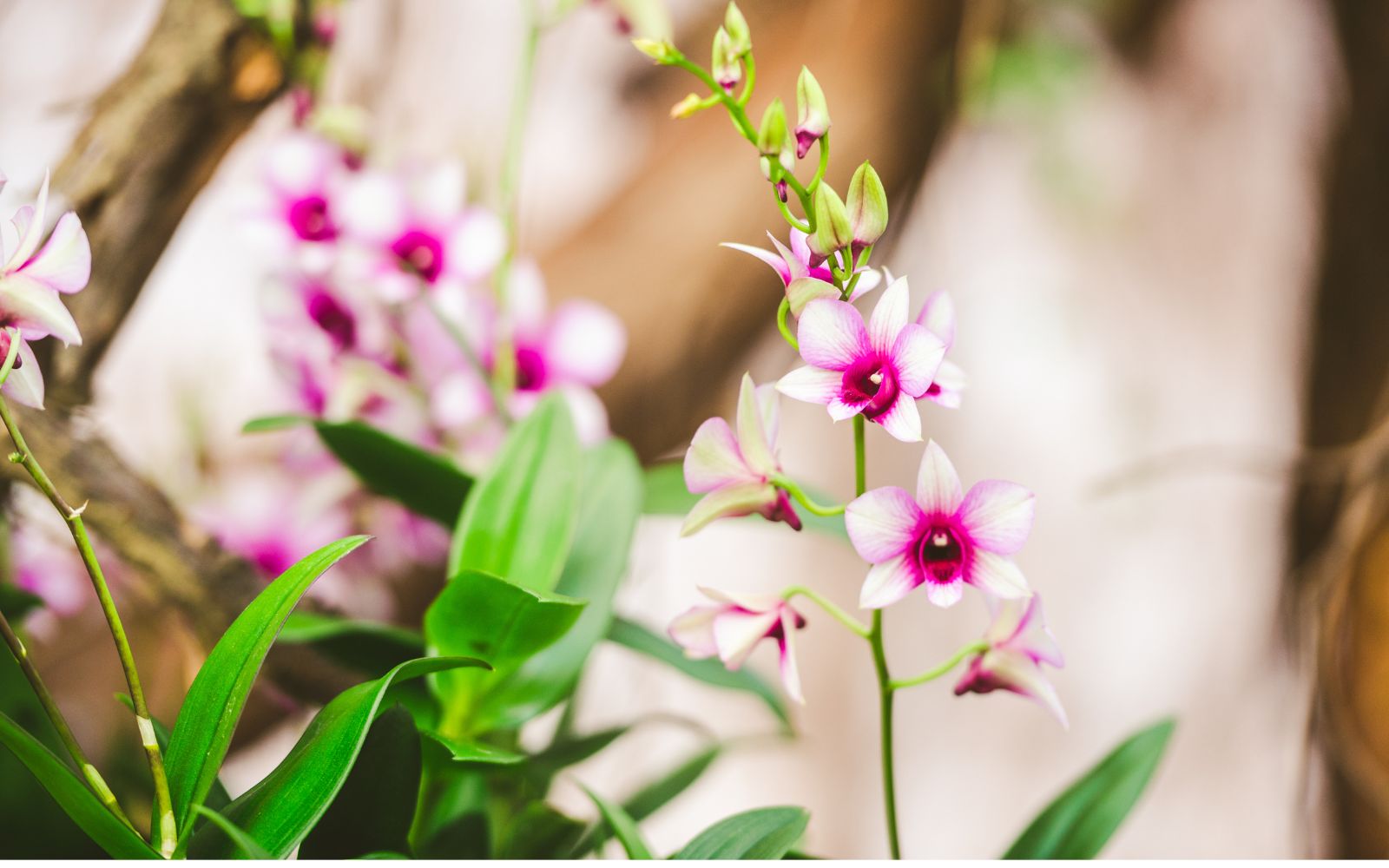
Common Problems And Disease
There are lots of pests and diseases that target Dendrobium Nobile. It can be from slugs and snails to tiny cyclamen miters and fungi such as powdery mildew, leaf spot, and crown roots.
Some of these problems happen due to warm summer temperatures and humidity. You can control these insects and fungi by using an organic fungicide and neem oil.
Pay special attention to the plant’s crown, which is susceptible to insects and disease. If the Nobile orchids become infected and diseased, then remove them before they can infect surrounding plants.
How To Handle Nobile Yellow Leaves
Dendrobium Nobile can develop yellow leaves after flowering. Most of the time, this is normal and should not be a cause of concern as old leaves shed off and make room for newer leaves.
But if you see the yellow leaves on a growing plant, then it may be due to the poor health of the plant. This may be as a result of inadequate sunlight or over-watering or under-watering it.
Pay close attention to the leave texture, and dryness as soiled leaves are a sign of inadequate maintenance of the plant.
Make sure that there is water drainage to remove any excess water and till it so the roots can get enough airflow. Sometimes due to infection or disease, the leaves also start getting dry, and you have to treat it with proper insecticide or fungicide.
How To Plant Dendrobium Nobile Outdoor In The Garden
Although many people prefer to plant Nobile orchids indoors for decorative purposes, it also makes it a great addition to the outdoor garden. When planting it outside, pick a spot in the garden that is protected from the wind.
This is because it’s fragile and prone to get blown over. When planting, dig a hole for the plant that is about one foot deep and twice the diameter of the container.
Make sure that the top of the root ball is at a level with the soil when planted. Keep these plants spaced around one to three feet apart for proper growth.
As the Nobile orchid matures, it will need careful staking to prevent its hollow stems from snapping in the wind or rain. Stake the plants when the flower spikes are about a foot tall and continue to stake them when they grow taller.
To provide extra support, you can stake it at 12 to 18-inch intervals.


